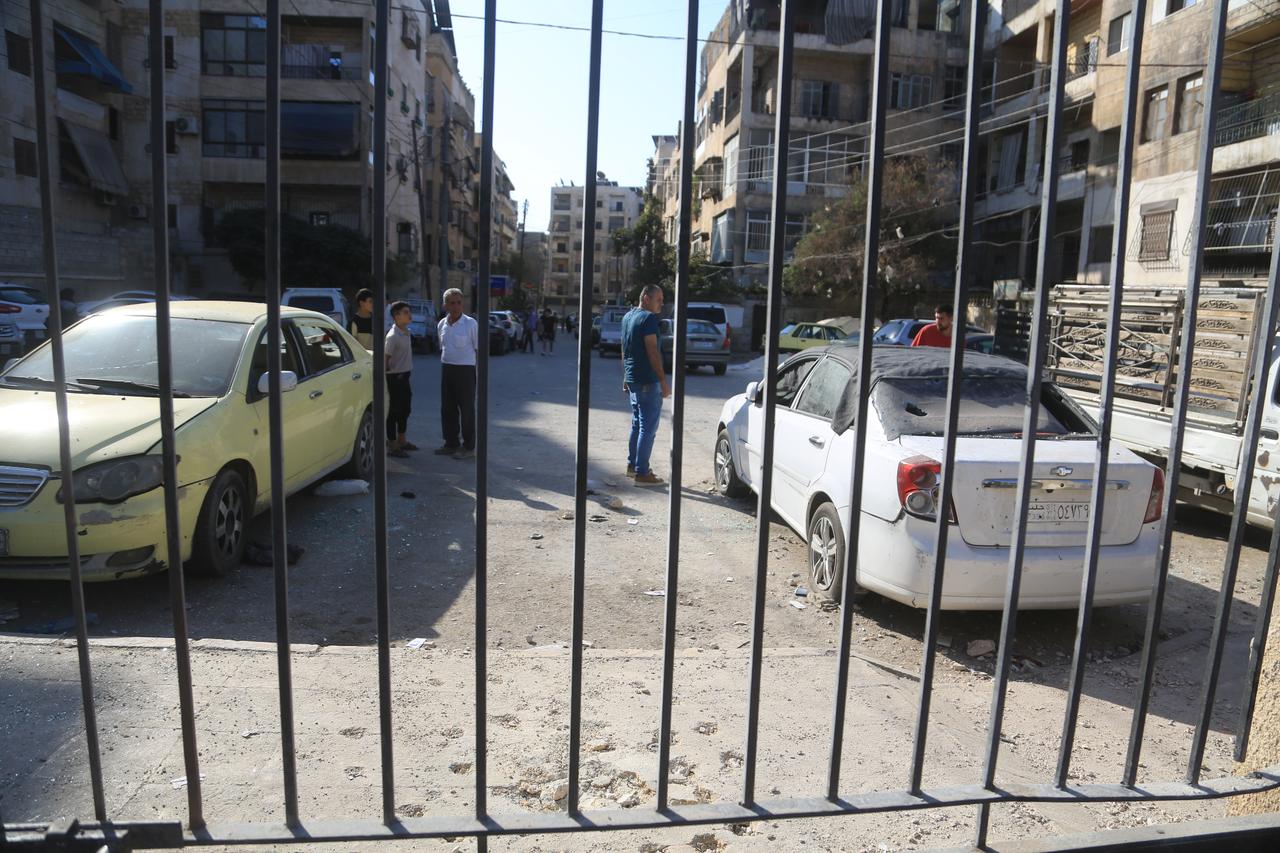
Clashes erupted between the Syrian security forces and the YPG-dominated SDF in Aleppo city.
While clashes were stopped in a short period of time, the escalation raised an important and serious question: How can the SDF’s military and civilian institutions in northeastern Syria integrate into the Syrian state, while even the integration process in Aleppo city failed?
Following the March 10 agreement between Damascus and the SDF, both sides reached a separate and more comprehensive agreement for Aleppo city.
Within the city, the SDF maintained control over two predominantly Kurdish neighborhoods. Initially, the agreement progressed well, and the SDF withdrew heavy weaponry and only left Asayish forces (police forces) behind.
Civilian traffic was opened, and the remaining SDF forces began discussing their integration process into the Internal Security Forces of Aleppo.
The positive momentum soon shifted to a stalemate.
The SDF was not willing to integrate and become part of the security structure in Aleppo.
After months of stalling in Aleppo, a status quo emerged in which civilians would go in and out of these two neighborhoods, but Damascus didn’t have any control or influence within.
Finally, on Monday, the Syrian security forces discovered a tunnel from SDF-held neighborhoods into the center of Aleppo city. The tunnel was quickly destroyed.
The governor of Aleppo ordered the closure of all roads into the SDF-held neighborhoods except one.
This move wasn’t welcomed by the SDF. Some figures within the SDF publicly threatened Damascus, but more importantly, a group of young men began attacking Syrian police forces at the newly established roadblocks.
The Syrian police used tear gas and water cannons to disperse the crowd.
And then, the unexpected happened. The SDF targeted Syrian security forces and civilians nearby with mortars. Following this escalation, the Syrian army quickly deployed to the region and clashes intensified between both sides.
While many feared the escalation getting out of control, the governor of Aleppo intervened, and both sides agreed to a ceasefire.
According to initial reports, three people died and 28 were injured during the clashes.
This escalation happened at a time when the U.S. special envoy visited SDF ringleader Mazloum Abdi and tried to push for the implementation of the March 10 agreement.
The escalation happened the night before Ahmad al-Shara and Mazloum Abdi would meet under American mediation in Damascus to finally push the integration process forward.
While it remains to be seen whether the SDF will continue to drag its feet or finally agree on implementing the March 10 agreement, the incident in Aleppo is a good example of the fragility of any kind of integration in northeastern Syria.
Just like in Aleppo—but to a greater extent—the SDF is using its limited resources to build tunnels and imprison civilians who express solidarity with the Syrian government.